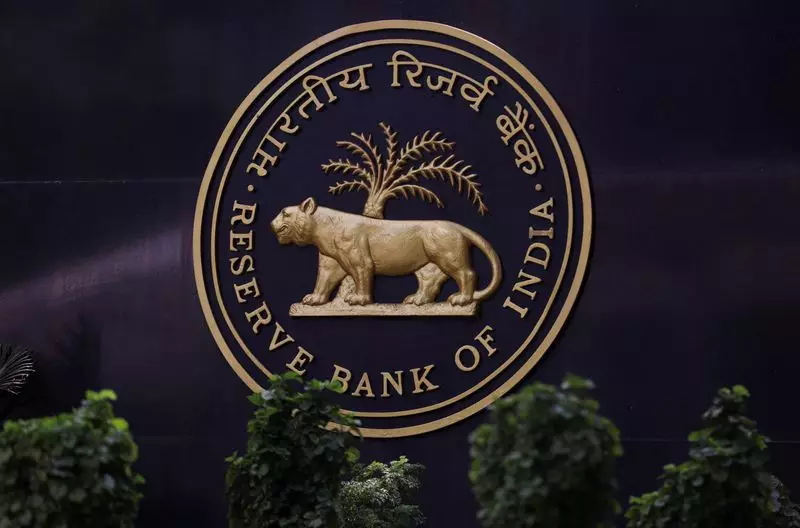India’s central bank recently announced that the country’s natural rate of interest has been on the rise since the onset of the pandemic. This trend is expected to continue, driven by the growth of potential output. Analysts have pointed out that this increase in the natural rate of interest may constrain the central bank’s ability to ease monetary policy in the future. The natural rate of interest is a key factor associated with an economy that is operating at full capacity without generating inflationary pressures.
The Reserve Bank of India (RBI) highlighted that the estimated natural rate of interest ranged from 1.4% to 1.9% in the last quarter of 2023-24. This was a significant increase from the 0.8% to 1.0% range reported in the third quarter of 2021-22. The RBI emphasized that when the policy rate is set below the natural rate, it indicates an accommodative stance, whereas setting it above the natural rate signifies a restrictive stance. Currently, with inflation at 5.1% and the central bank’s key lending rate at 6.5%, the real rate stands at 1.4%. Based on the RBI’s estimated average inflation rate of 4.5% for the fiscal year, the real rate could potentially increase to 2%.
Market experts, such as Gaura Sen Gupta, chief economist at IDFC First Bank, have indicated that the RBI’s wide range estimate for the natural rate of interest has implications for both hawkish and dovish monetary policy committee members. The lower end of the neutral rate suggests a possibility of a 50 basis point interest rate cut in the coming fiscal year. However, the upper range implies that there may not be any room for further rate cuts. Gupta maintained that there could be a shallow rate cut cycle commencing from October or December.
The RBI also noted that the forces driving the increased investment demand are likely to impact the natural rate of interest. The central bank estimated the growth of potential output to be between 5.9% and 8.3%. This optimistic outlook on economic growth further reinforces the idea of rising natural interest rates in the future.
Despite the optimistic growth forecast, the RBI highlighted concerns about inflation. The central bank acknowledged that disinflation has been slow and inconsistent. It emphasized the importance of maintaining a steady course to ensure that inflation levels drop to the targeted 4% from its current rate of around 5%. The RBI expressed skepticism about the notion of food price shocks being transitory, citing a prolonged period of elevated prices.
The RBI clarified that inflation does not necessarily have to reach and sustain at 4% for it to consider adjusting its monetary policy stance. Even a sustained movement towards the target could trigger a shift in policy direction. This flexibility in response to evolving economic conditions highlights the central bank’s commitment to achieving its inflation targets while also supporting economic growth.
India’s increasing natural rate of interest is expected to have far-reaching implications for the country’s monetary policy and economic outlook. As the RBI navigates the complex interplay of factors influencing interest rates and inflation, it will need to strike a delicate balance between supporting economic growth and managing price stability.


Leave a Reply